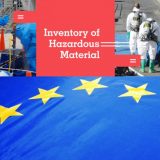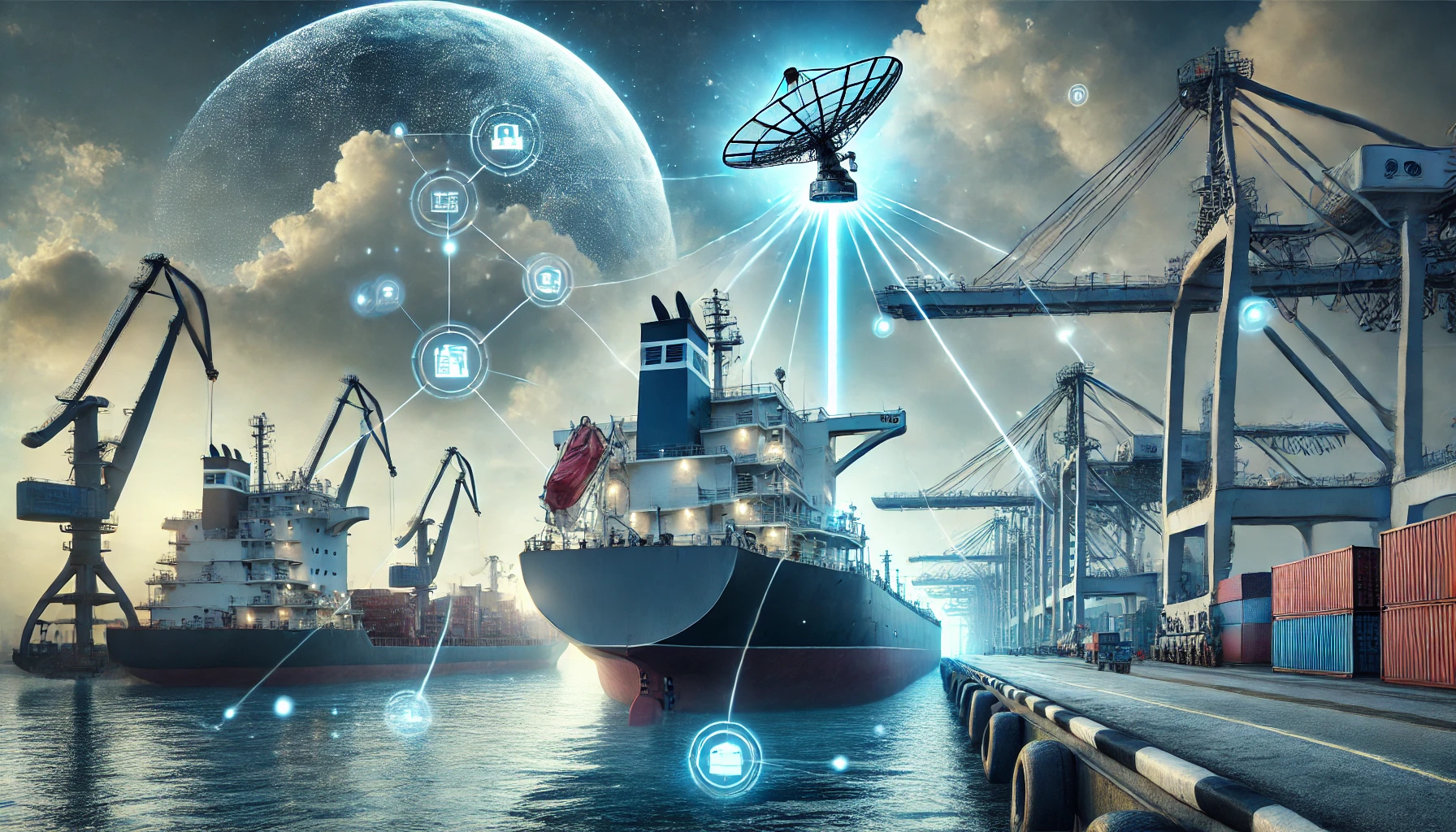The SCFI reported on Friday that the index had dropped 249.46 points to 2312.65 points from the previous week. It is the third week in a row that the SCFI has fallen in the region of 10% as container spot rates tumble steeply from the peak early this year.
It was similar picture for Drewry‘s World Container Index (WCI), which has generally shown a less steep decline in recent weeks than that registered by the SCFI. Published on Thursday the WCI fell 8% week-on-week to $4,942 per feu, some 52% below the peak of $10,377 recorded a year earlier.
Drewry reported that spot container freight rates on Shanghai – Los Angeles dropped 11% or $530 to $4,252 per feu in the last week, while on the Asia – Europe trade spot rates between Shanghai and Rotterdam fell 10% or $764 to $6,671 per feu.
The analyst expects spot rates to keep falling saying, “Drewry expects the index to decrease in the next few weeks.”
At present the WCI remains 34% higher than its five-year average of $3,692 per feu.
While different indexes show differing freight rates, all agree on a sharp decline in container spot rates, that has accelerated in recent weeks.
Analyst Xeneta noted rates from Asia to the US West Coast had seen “dramatic declines” compared to the peak recorded earlier this year. Xeneta said that since the end of March, rates from Southeast Asia to the US West Coast have fallen by 62%, while those from China have collapsed some 49%.
“Spot prices from Asia have, to be blunt, been falling considerably since May this year, with increasing rates of decline over the last few weeks,” commented Peter Sand, Chief Analyst, Xeneta on Friday. “We’re now at a point where the rates are down to their lowest level since April 2021.”
The question is how the continued plunge in spot rates will impact long-term contract rates between lines and shippers, and to what extent customers will be successful in pushing for renegotiations. Lines have been enjoying record levels of profitability with the sector raking in a massive $63.7bn profit in Q2 according to the McCown Container Report.
Xeneta’s Sand sees the situation as remaining positive for container lines at present. “We have to remember though, those rates are dropping from historical highs, so it certainly won’t be panic stations for the carriers just yet. We’ll continue watching the latest data to see if the trend continues and, crucially, how that impacts on the long-term contract market.”
A more negative picture was presented by Supply chain software company Shifl earlier this week with pressure for renegotiations from shippers. It said both Hapag-Lloyd and Yang Ming said shippers have asked to renegotiate deals, the former saying it is standing firm and the latter open to hearing customers’ requests.
“With the increasing pressure from shippers, shipping lines may not have a choice but to accede to customer demands as contract holders are known to simply shift their volumes to the spot market,” said Shabsie Levy, CEO and Founder of Shifl.
Copyright © 2022. All rights reserved. Seatrade, a trading name of Informa Markets (UK) Limited.
Source: https://www.seatrade-maritime.com/containers/container-spot-rates-tumble-another-97-last-week






